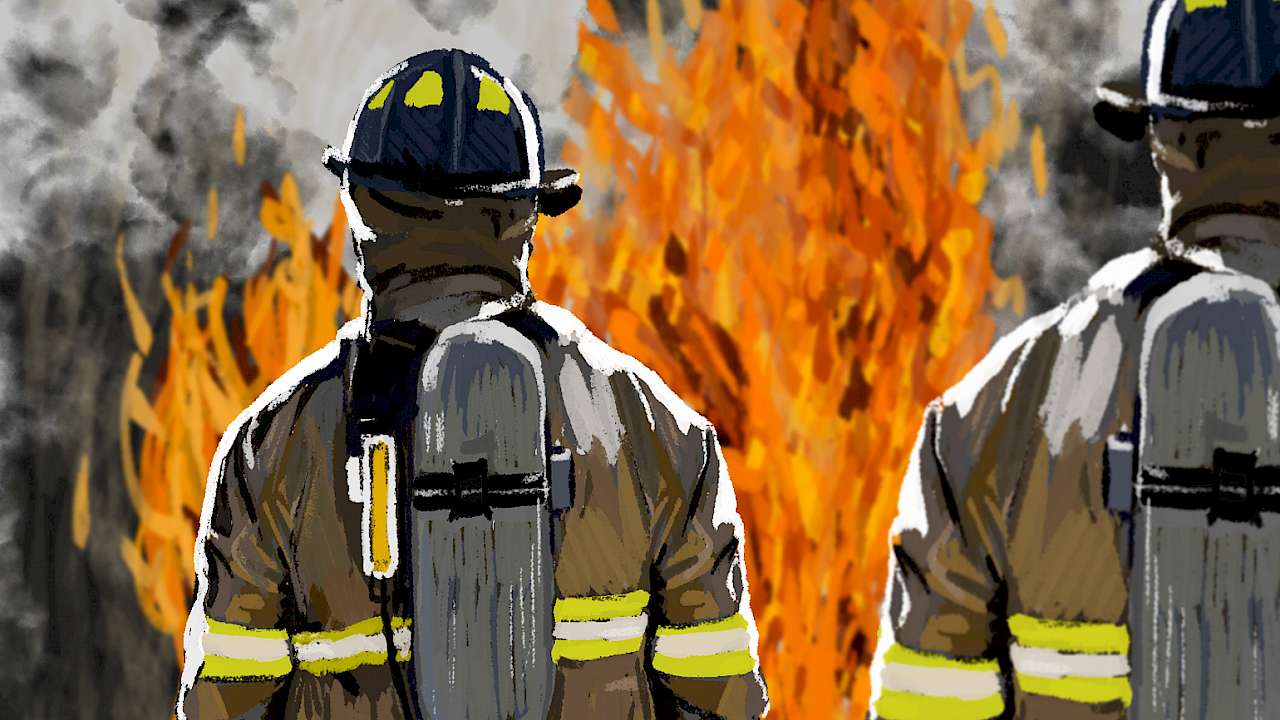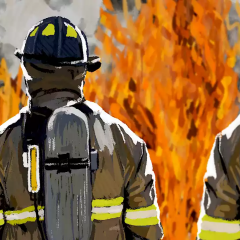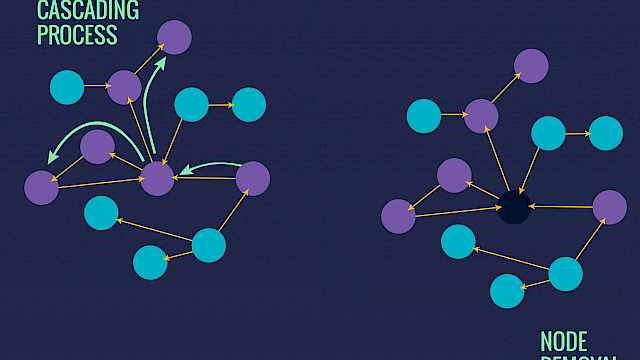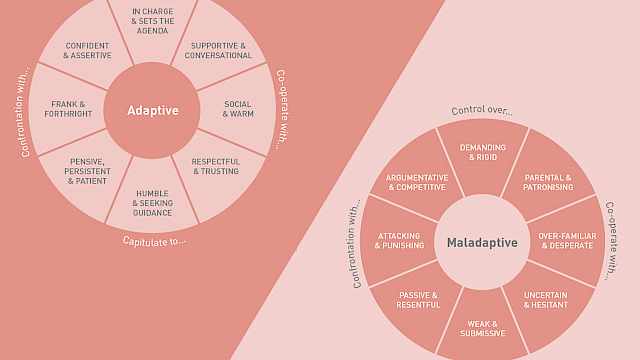One example of this comes from the fire at King’s Cross Station in 1987, where some people bypassed safe exits in an effort to leave via the regular route that they always used but that led straight into the fire. This habitual behaviour, which may be attributed to humans being reticent to divert from regular routines, is thought to have contributed to the tragic death toll of 31.
Another example is ‘behavioural inaction’, a form of cognitive paralysis in which people stop thinking for themselves and look to others for guidance on what to do.
So, casualties show diverse behaviours: some self-mobilise, some freeze, some are hysterical and others do what they always do. For emergency services then, our proposal is to enable the self-mobilisers, as well as directing the inert and calming the hysterical.
Communicating with casualties
Thinking about how best to communicate with casualties requires an understanding of how people behave in emergencies, what they need to hear, and how they want to hear it. Answers to these questions can come from those who have experienced being casualties, but this comes with significant challenges. A useful alternative is to collect feedback from people who have played casualties in live exercises.
We collected data from 30 members of the public who played the role of casualties during a large-scale terrorism-related chemical weapons exercise, conducted on an underground railway network and organised by UK emergency service practitioners.
We found that, overall, volunteers playing the role of casualties during the exercise had a positive experience of their interaction with members of all three emergency services. This was reflected in their sense of trust and confidence in the individual agencies.
Two key positive factors were:
- Reassurance – the ability to reassure and calm the individual down
- Authoritative directness – the ability to give simple, clear and directive instructions
They wanted to know what would happen next and (roughly) when. Even if explicit facts weren’t known.
However, casualties reported some significant delays in communication, with large periods of time where no further instruction was provided. Critically, they wanted to know what would happen next and (roughly) when. Even if explicit facts weren’t known, they wanted to be told that and given an indication of when they might get an update.
For example, better to say:
‘I’m David, I’m from fire and rescue. Some chemical has been set off in this carriage. We don’t know what it is yet. Cover your face with this wet cloth. I need to get some equipment that will help me get you out. That won’t happen within the next 10 minutes but we are working fast to get you out of here. You ARE going to be OK.’
The alternative, of not giving these updates, results in casualties feeling anxious, uncertain and filling in their own gaps.
Most casualties expressed a willingness to be more active in the response, including administering first aid. Identifying and facilitating the potential for self-mobilisation amongst casualties could help the relief effort, especially where it is impossible to provide direct assistance.
Our findings show that training first responders should go beyond the traditional hard skills around procedures and equipment deployment, to also provide communication and interpersonal skills as well as a basic understanding of the casualty ‘mindset’.
FEAR
To assist frontline responders in remembering key methods to communicate we recommend bearing in mind the following ‘FEAR’ mnemonic:
F – communicate clear facts about what has happened, when responders can get to casualties, what is going on, etc. And if you aren’t clear make it clear you aren’t clear!
E – establish a line of communication as early as humanly possible.
A – where possible keep casualties active in their own recovery and mobilisation. Research indicates a major factor in saving lives is the active participation of others in the incident in providing assistance.
R – updates and communication must be regular. Even if there is nothing to update on, just ensuring that casualties are told ‘nothing has changed but we are still doing X Y and Z’ creates an ongoing and important dialogue. Don’t leave casualties for unspecified amounts of time and always indicate roughly when you will update them.
Copyright Information
As part of CREST’s commitment to open access research, this text is available under a Creative Commons BY-NC-SA 4.0 licence. Please refer to our Copyright page for full details.
IMAGE CREDITS: Copyright ©2024 R. Stevens / CREST (CC BY-SA 4.0)








